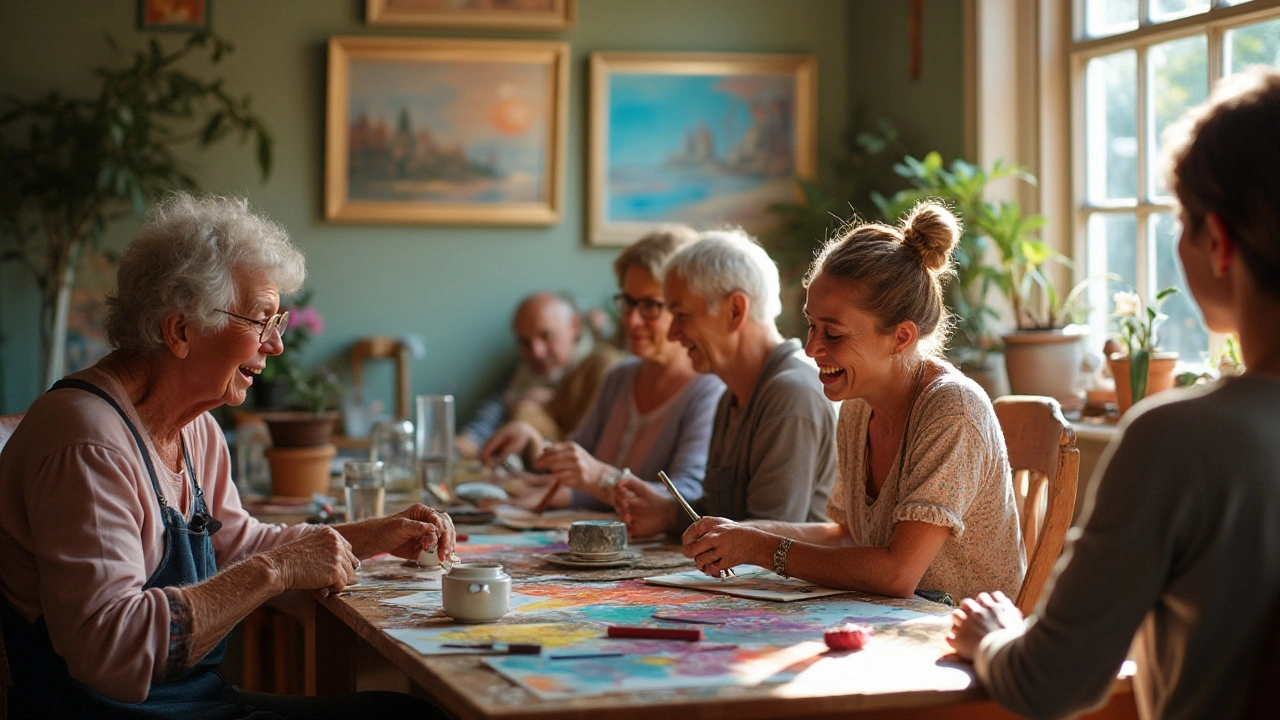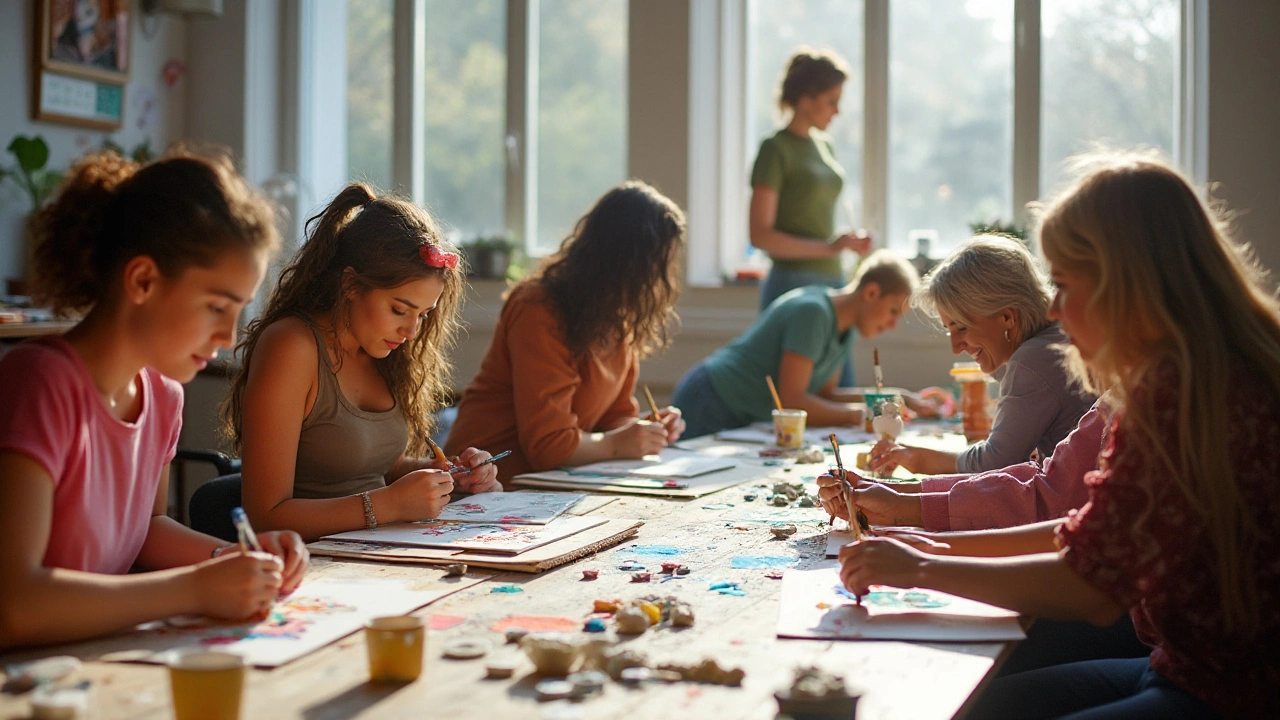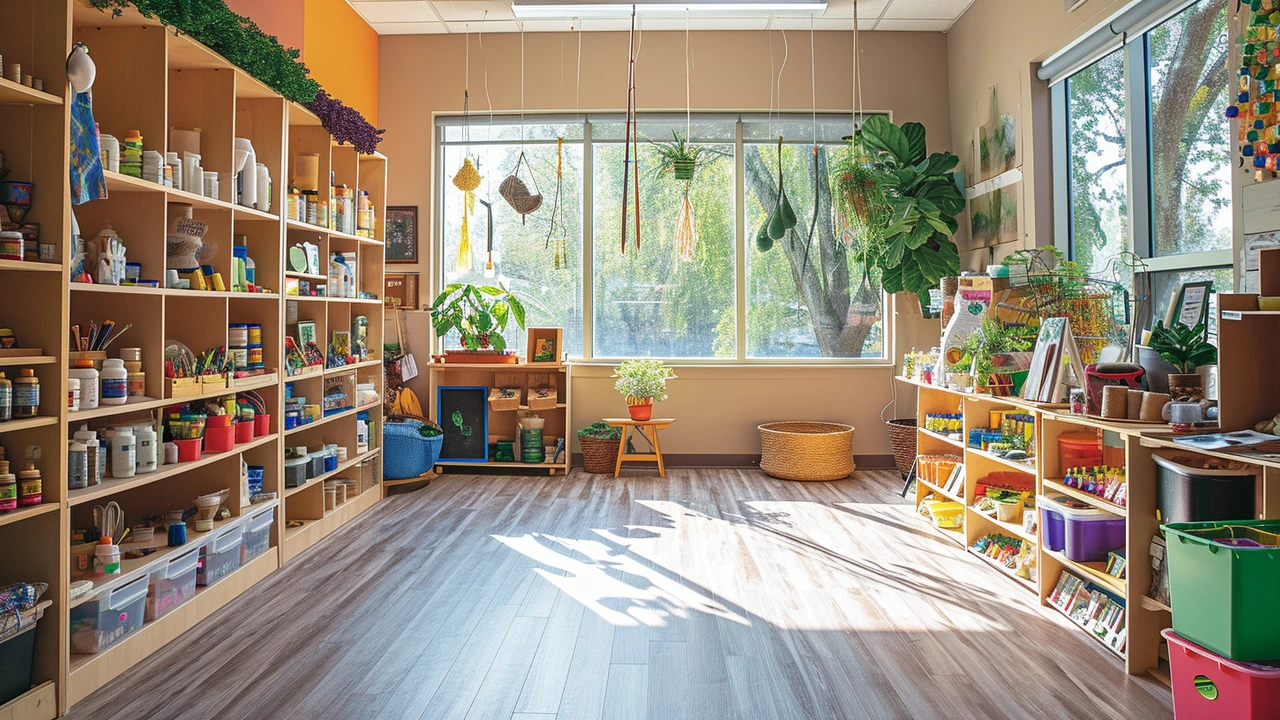You don’t need to be an artist to use self-expression as a tool for feeling better. Saying what’s inside—through words, paint, music, or movement—changes how your brain and body handle stress. That’s not fluff: short, regular practices reshape reactions to pressure, help sleep, and quiet anxious thoughts.
Journaling for five minutes works. Set a timer and write without editing: what annoyed you, what felt good, one thing you want to remember. You’ll notice clarity the next day.
Make a 10-minute art break. No rules, no judgment. Scribble, collage, or color. The point is to move your hand and focus somewhere other than worry. Even simple shapes calm your breathing and lower tension.
Use sound. Put on music that matches your mood and move. Walk around the room, sway, or tap a rhythm. Movement paired with music helps shift mood faster than sitting still.
Try one-line prompts: “What surprised me today?” or “One small win.” Answering one line daily builds a habit without pressure. It trains your brain to notice positives and reduces rumination.
Expressing yourself reduces rumination—the loop of negative thoughts that fuels anxiety. When you name feelings out loud or on paper, they lose some power. That lowers stress hormones and can ease digestive upset tied to worry.
Creative activities change focus and breathing. Slow, steady breath during drawing or gentle movement signals the nervous system to calm down. Over time, those tiny shifts add up: better sleep, clearer thinking, less muscle tension.
Group creative work—choir, art class, dance—adds connection. Sharing something you made or learned reduces loneliness and boosts mood. You don’t need to perform; you just need to show up and try.
If anxiety feels stuck, combine expression with simple tools: a short breathing exercise before journaling, or biofeedback apps that show your heart rate while you practice mindful drawing. Seeing progress motivates you to keep going.
Start small and realistic. Pick one habit you can do three times in a week. Track it: a check mark after each session helps you stick with it. If one approach feels boring, swap it—writing to music, walking to a podcast, or swapping sketching for clay.
Self-expression isn’t about talent. It’s about making space for your inner life to come out in safe, low-pressure ways. Do one honest thing for yourself this week—write a paragraph, play a song, or dance for five minutes—and notice if your stress reacts differently.
Want ideas tied to health goals? Try mindful eating journaling to notice cravings, or use creative arts to manage pain and sleep. Small expressive acts make medical care easier to follow because you’ll feel more grounded and clear about what your body needs.

Creative arts therapies can provide transformative experiences by utilizing creativity for healing and empowerment. These therapies include modalities like art, music, dance, and drama, each offering unique paths to emotional wellness. By harnessing creativity, individuals can process complex emotions, develop self-awareness, and enhance mental health. Practical tips and insights on how to incorporate creative practices into daily life can lead to personal growth and empowerment.
Read More
Arts therapies provide powerful ways to enhance self-expression and foster creativity. From visual arts to dance, these therapies help individuals explore their inner world. This article delves into their benefits, interesting practices, and tips to incorporate creative activities into daily life.
Read More
Discovering your inner artist isn't just for the 'creatively gifted'; it's a powerful form of personal therapy and growth. Creative arts therapies offer a unique and interactive way to explore emotions, alleviate stress, and enhance self-awareness. From drawing to dancing, these therapies encourage individuals to express themselves in nonverbal ways, facilitating healing and mental wellness. Dive into the world of creative arts therapies and learn how to enrich your life through artistic expression.
Read More